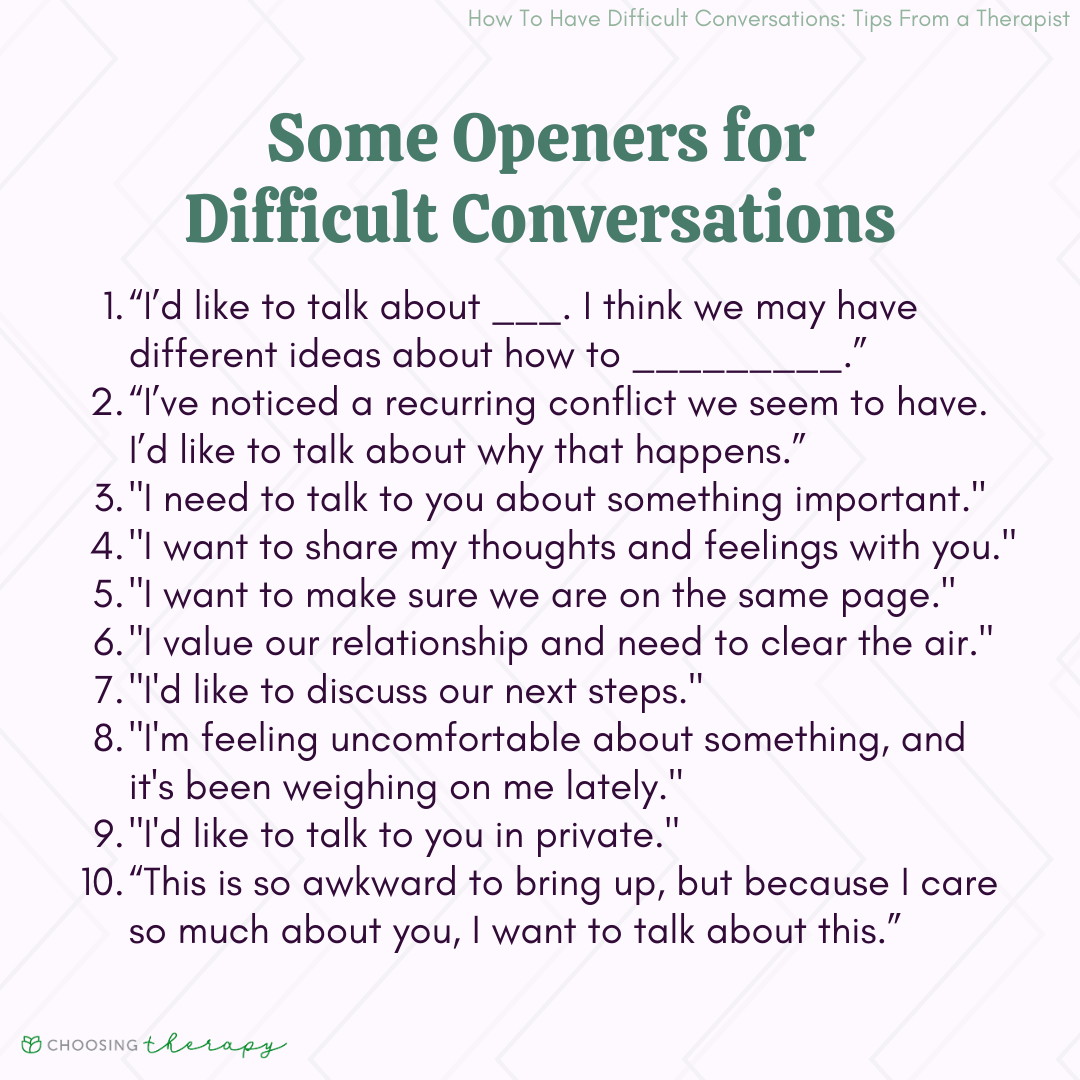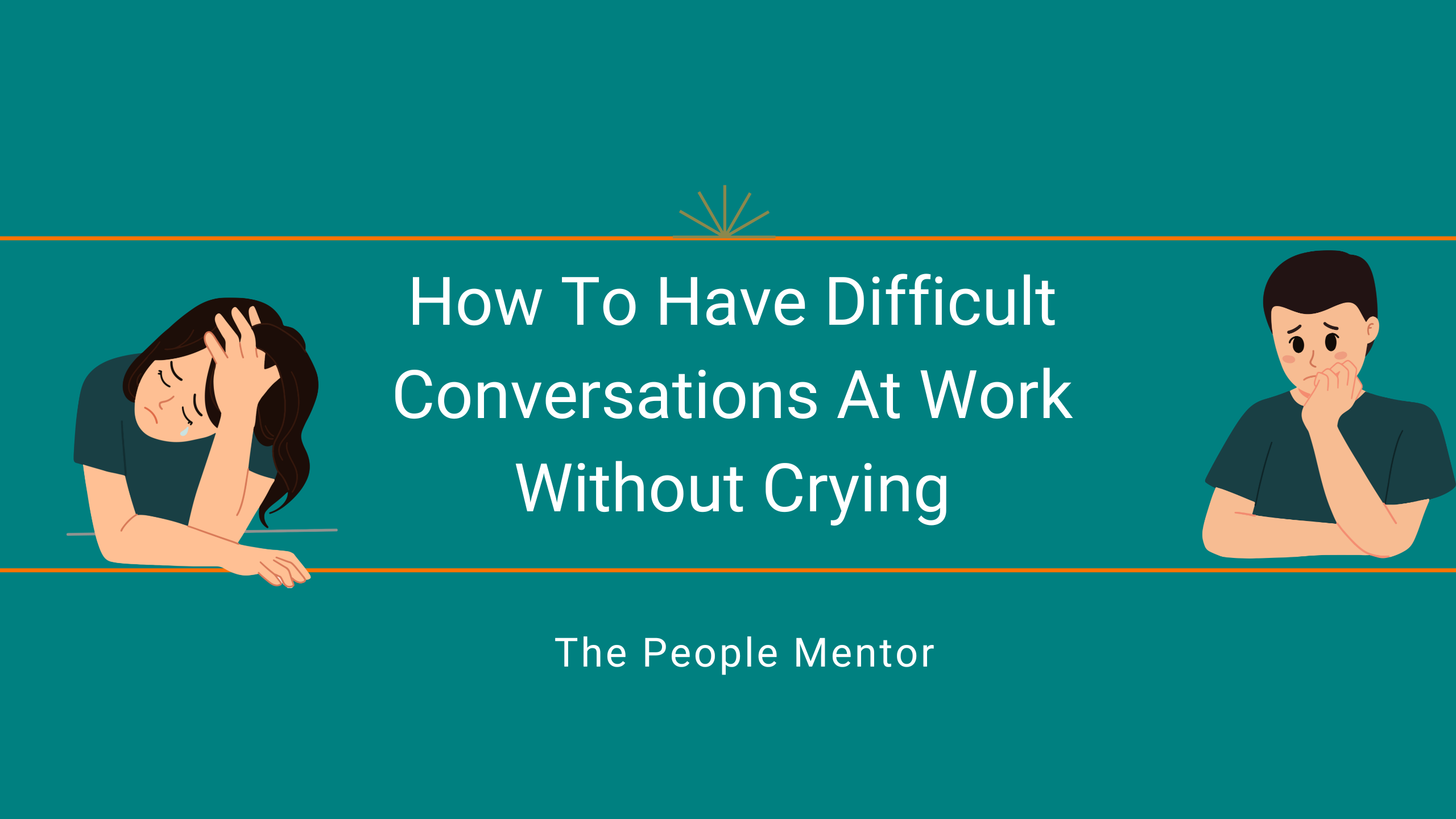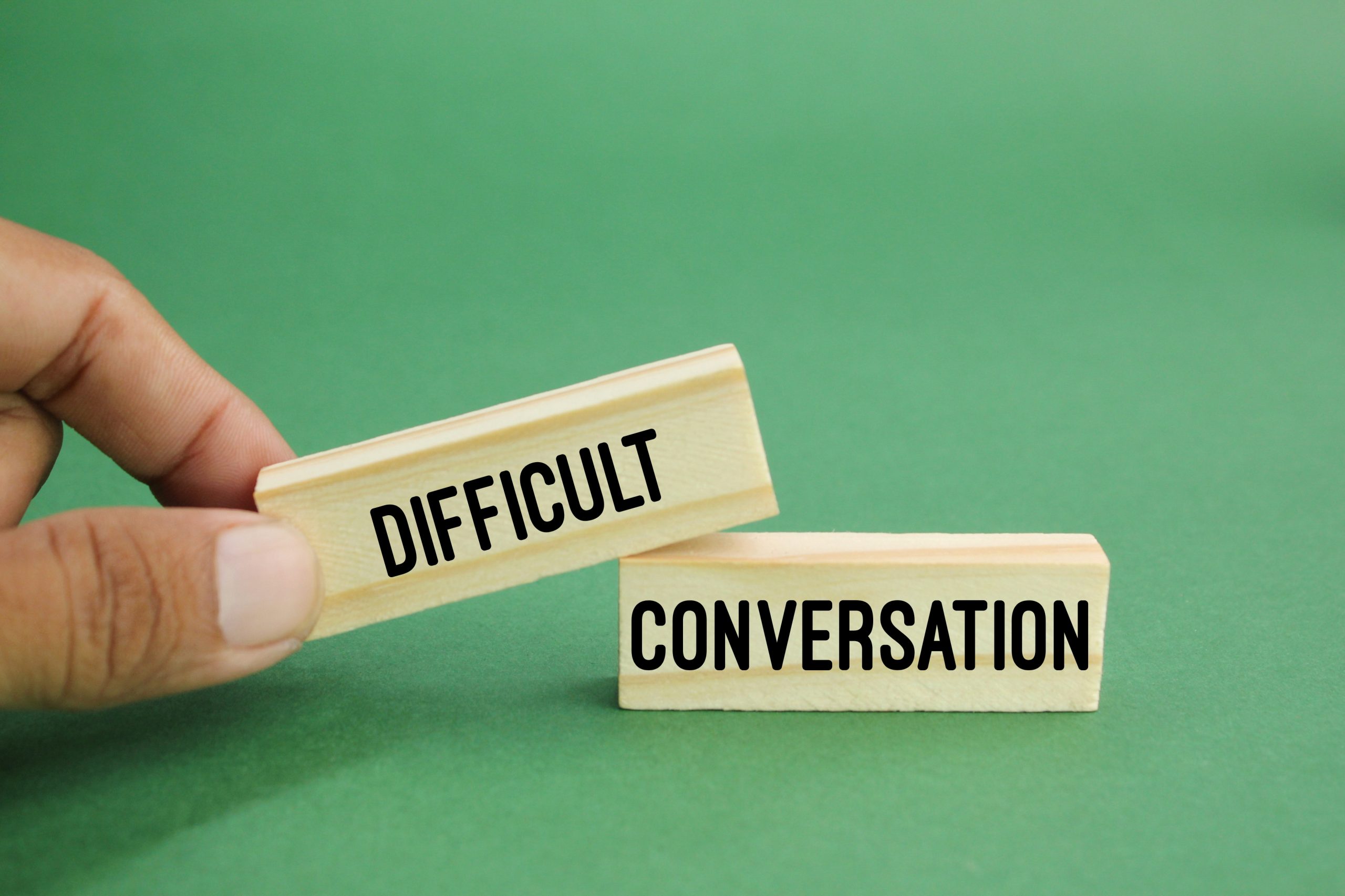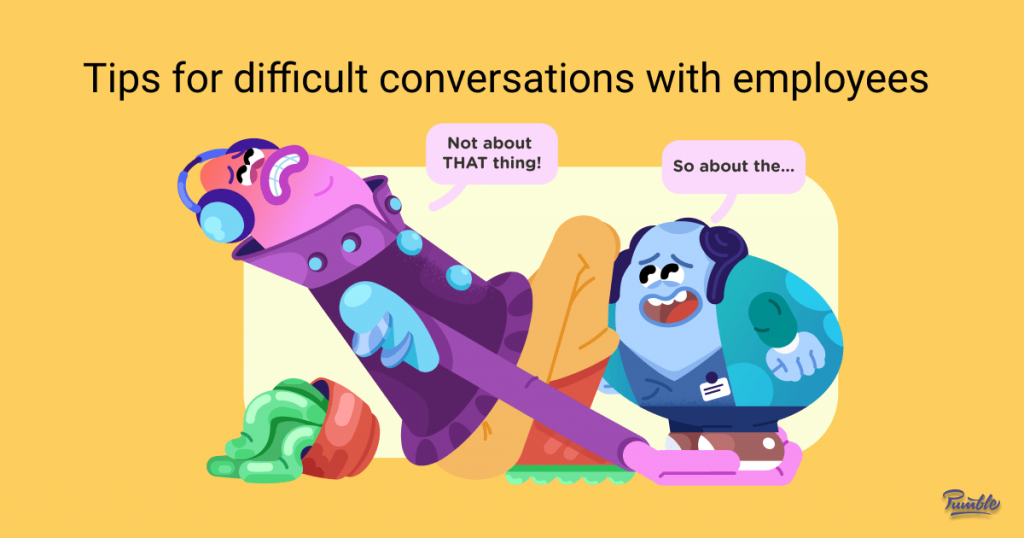How To Have A Difficult Conversation
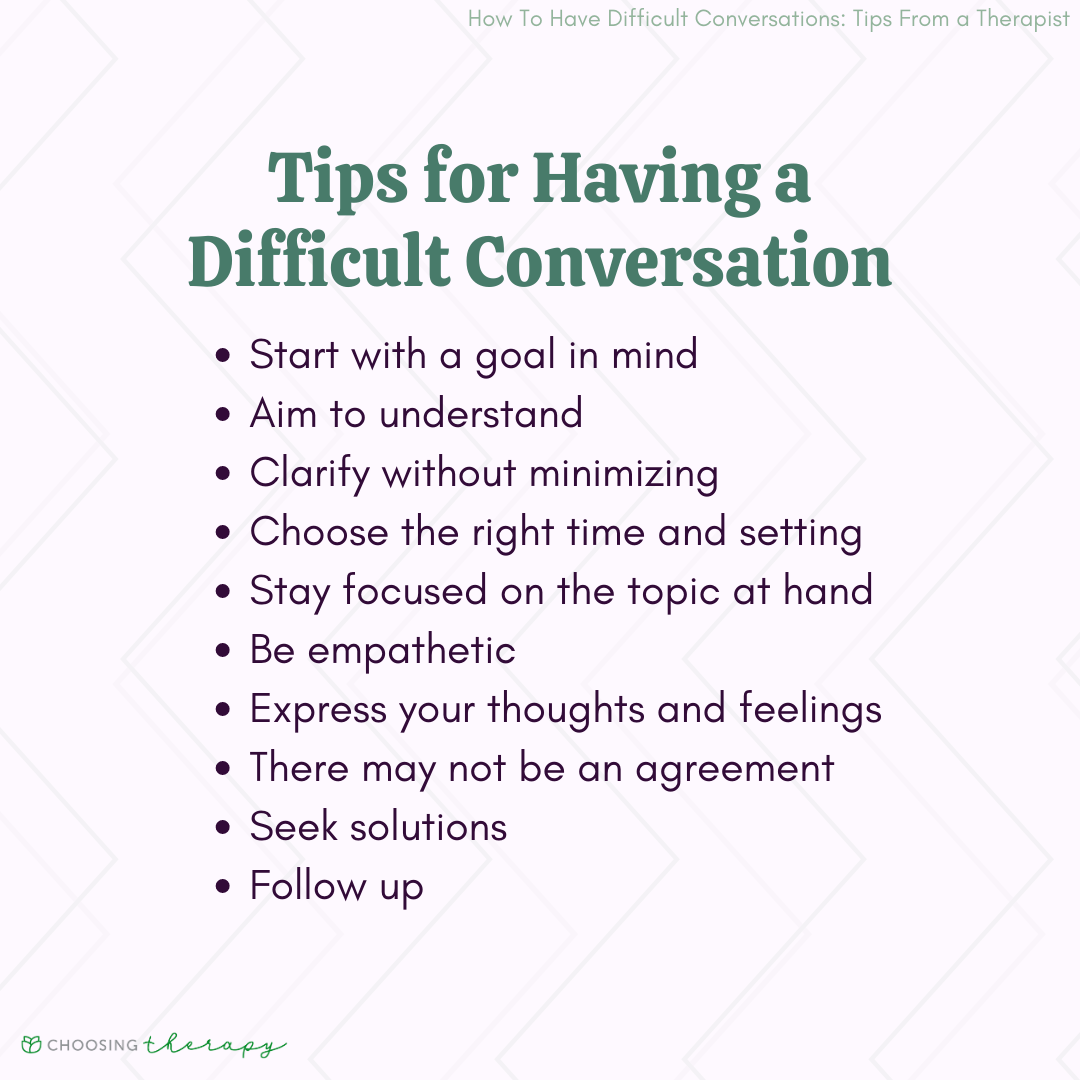
The knot in your stomach tightens. A conversation looms, fraught with potential for conflict and hurt feelings. Whether it's addressing a colleague's performance issues, discussing finances with a partner, or setting boundaries with family, the prospect of a difficult conversation can be daunting. But avoiding these crucial dialogues can lead to resentment, misunderstanding, and ultimately, damaged relationships.
This article delves into the art and science of navigating difficult conversations effectively. We'll explore proven strategies, drawing on research and expert advice, to help you approach these interactions with confidence and achieve positive outcomes. The aim is to provide a framework for turning potentially destructive exchanges into opportunities for growth, understanding, and strengthened bonds.
Preparation is Key: Setting the Stage for Success
Before even uttering a word, careful preparation is paramount. This involves introspection, planning, and a genuine commitment to understanding the other person's perspective.
First, define your objective. What specific outcome are you hoping to achieve? Be realistic and avoid aiming for complete victory. According to the Harvard Business Review, clearly defining your goals helps maintain focus and prevents the conversation from derailing.
Next, consider the other person's perspective. Put yourself in their shoes and anticipate their reactions. What are their needs, fears, and motivations? Empathy is a crucial ingredient for productive dialogue.
Choosing the right setting is also vital. Select a time and place where both parties feel comfortable and can speak openly without distractions. Avoid public spaces or times when either of you is rushed or stressed.
The Art of Active Listening: Hearing Beyond the Words
Effective communication isn't just about speaking; it's about listening. Active listening is a technique that involves paying close attention, both verbally and nonverbally, to the speaker.
Maintain eye contact, nod to show understanding, and use verbal cues like "I see" or "Tell me more" to encourage the speaker to elaborate. Avoid interrupting or formulating your response while the other person is talking.
Reflect back what you've heard to ensure understanding. For example, you could say, "So, what I'm hearing is that you feel..." This clarifies any misunderstandings and demonstrates that you're truly engaged.
Delivering Your Message: Clarity and Compassion
When it's your turn to speak, choose your words carefully. Be direct and specific, but also empathetic and respectful.
Use "I" statements to express your feelings and needs without blaming the other person. For instance, instead of saying, "You always make me feel...", try "I feel... when... because..." This approach takes ownership of your emotions and avoids accusatory language.
Focus on the behavior, not the person. Instead of saying, "You're lazy," try "I've noticed that the report hasn't been completed, and I'm concerned about the deadline." This focuses on the specific issue without attacking the person's character.
Managing Emotions: Staying Calm Under Pressure
Difficult conversations often trigger strong emotions. It's essential to manage your own emotions and be prepared to deal with the other person's reactions.
If you feel yourself getting angry or defensive, take a break. Step away from the conversation for a few minutes to cool down and regain composure. The Mayo Clinic recommends practicing deep breathing exercises to calm your nerves.
Be prepared for emotional outbursts from the other person. Try to remain calm and empathetic. Acknowledge their feelings and validate their concerns, even if you don't agree with them.
Finding Common Ground: Building Bridges to Resolution
The goal of a difficult conversation isn't always to win; it's to find a mutually acceptable solution. Look for areas of agreement and build from there.
Brainstorm potential solutions together. Be open to compromise and willing to consider alternative perspectives. The Center for Creative Leadership emphasizes the importance of collaborative problem-solving in resolving conflicts.
Document the agreed-upon solutions and create a plan for moving forward. This ensures that both parties are on the same page and committed to implementing the agreed-upon changes.
Moving Forward: Strengthening Relationships Through Communication
Difficult conversations are never easy, but they are often necessary for building strong, healthy relationships. By preparing carefully, listening actively, communicating clearly, and managing emotions effectively, you can navigate these challenging interactions with grace and achieve positive outcomes. The skills learned in having a difficult conversation become the bedrock of professional and personal relationships, creating space for open, honest, and fulfilling interactions.
By embracing these strategies, you can transform difficult conversations from dreaded events into opportunities for growth, understanding, and stronger connections. Remember that communication is a continuous process, and ongoing effort is required to maintain healthy relationships. This approach sets the stage for future discussions with improved awareness and skills.

